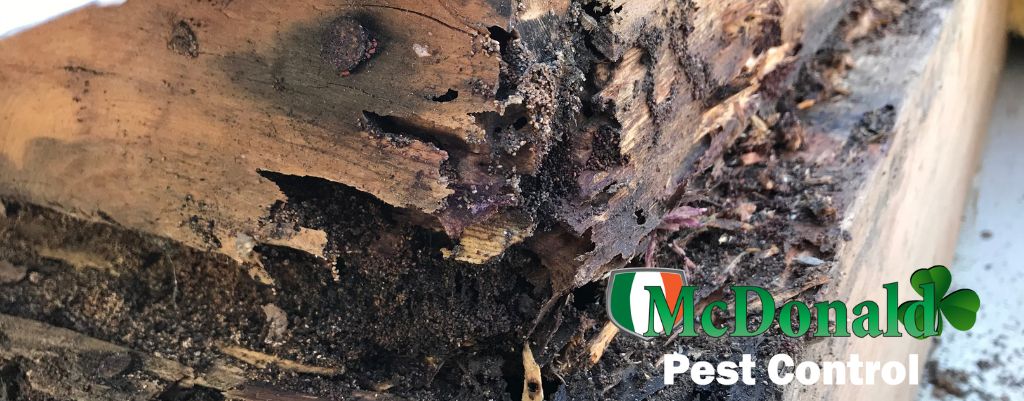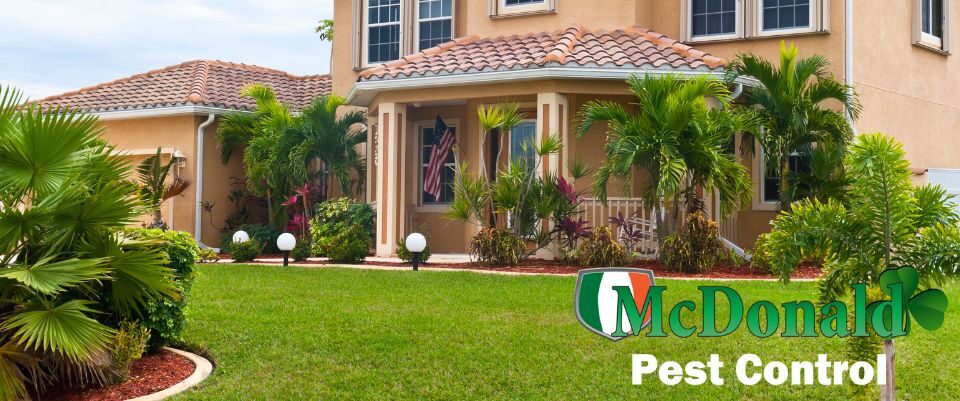
Common Entry Points Cockroaches Use to Invade
August 18, 2025
Bed Bug Myths and Facts for Florida Homeowners
September 12, 2025Save Thousands in Termite Damage Repairs
Termite damage can cost homeowners thousands of dollars in repairs, but you can prevent expensive destruction by identifying termite infestation early and investing in professional termite pest control. Regular inspections, timely treatments, and proactive care will help protect your home or property from severe termite damage and save you significant money and stress.
- Termite damage can lead to structural repair bills of over $3,000 on average.
- Early detection and termite pest control can prevent costly termite damage.
- Professional inspections spot hidden signs of a termite infestation.
- Termites silently destroy wood, flooring, and even insulation.
- Prevention is far less expensive than repair after the fact.
- Protecting your property keeps its value and your family safe.
How Termite Damage Hurts Your Home and Wallet
Termites are sometimes called the “silent destroyer” for a reason. These tiny insects invade your property and begin chewing through wood, drywall, and even paper products. Left unchecked, termite damage can compromise structural supports, floors, walls, and even furniture. By the time visible signs appear, you may already have thousands of dollars in repairs needed to restore your home’s safety and value.
Types of Termite Damage
- Structural Damage: Termites eat the wooden framework of your property, which weakens posts, beams, and support walls.
- Flooring and Wall Damage: Buckling, warping, or bubbling paint may be signs of termite infestation inside your walls and floors.
- Furniture and Personal Belongings: Anything containing cellulose, including furniture, books, and boxes, is at risk.
Why Termite Damages Are So Expensive
Most homeowners’ insurance policies don’t cover termite damage, considering it preventable with proper maintenance. As a result, all repair costs usually come out of pocket. Repairing termite damage can include:
- Replacing structural wood and supports
- Repairing floor joists and baseboards
- Fixing wall materials and installed cabinets
- Treating the home to eliminate active termites
The longer termites feast on your property, the higher your repair bill will climb.
Spotting the Hidden Signs of a Termite Infestation
Early detection is the most powerful tool against termite infestation. Professionals look for these warning signs during inspections:
- Mud Tubes: Pencil-sized tunnels on your foundation or crawl spaces, a main highway for termites.
- Discarded Wings: Termite swarmers shed their wings near windows and doors.
- Hollow Wood: Tapping on walls or floors that sound hollow may indicate internal termite damage.
- Frass: Termite droppings that look like sawdust can collect beneath infested wood.
DIY checks can catch surface symptoms, but the most serious termite damages occur out of sight, inside walls, beneath floors, or behind cabinets.
Why Professional Termite Pest Control Saves You Money
Professional termite pest control specialists are trained to spot and stop termite infestation before it leads to major repair bills. Here’s how experts protect your home and investment:
- Thorough Inspections: Using moisture meters, infrared cameras, and years of experience, experts find hidden termite colonies no DIY product can touch.
- Customized Treatments: Professionals use liquid barriers, bait systems, and spot treatments tailored to your property’s needs.
- Ongoing Monitoring: Once treated, regular checkups keep your property safe from future termite damage.
- Education and Prevention: Experts show you how to reduce moisture, eliminate wood-soil contact, and seal entry points to prevent termites.
DIY vs. Professional Help
While hardware store solutions may seem tempting, they rarely eliminate the root problem. Professional pest control is a smart investment – often costing far less than repairing termite damage after the fact.
How to Prevent Termite Damages Before They Start
Preventing termite infestation is always more cost-effective than dealing with it later. Use these tips to keep your property termite-free:
- Schedule Annual Inspections: Most infestations are found during routine professional checks.
- Reduce Moisture: Fix leaky pipes, clogged gutters, and standing water that attract termites.
- Store Wood Properly: Keep firewood and lumber away from your home’s foundation.
- Seal Entry Points: Caulk cracks in your property’s exterior, and close gaps around plumbing and wiring.
- Maintain Landscaping: Keep shrubs and mulch at least 18 inches away from your house.
What If You Already Have Termite Damage?
If you suspect or notice any signs of termite activity, act quickly:
- Contact a termite pest control professional for a full inspection.
- Document the damage with photos for your records and future repairs.
- Avoid disturbing the area – DIY fixes can spread the infestation.
- Discuss a treatment and repair plan with your pest control expert and relevant contractors.
Fast action can prevent further termite damage and bigger expenses down the line.
The True Cost of Waiting
Many homeowners postpone termite pest control, only to be hit with huge bills later. Delaying treatment allows termites to multiply and spread, turning treatable problems into costly structural crises. Investing in termite protection now not only saves thousands of dollars but also preserves your property’s market value and your peace of mind.
Frequently Asked Questions (FAQs)
Q: How much can repairing termite damage cost in my area?
A: The average termite damage repair can range from $3,000 to over $10,000, depending on the extent of the infestation and repair needed. Properties with heavy damage may face higher costs, especially if major structural elements are compromised.
Q: Are termite infestations common in this region?
A: Yes, termites are common in many parts of the country, particularly in warm, humid climates. Even brick or block homes can be at risk if they have any wood framing or other cellulose materials.
Q: Does homeowners’ insurance cover termite damage?
A: Most standard homeowners’ insurance policies do not cover termite damage, as pest damage is considered preventable maintenance. It’s best to invest in regular inspections and prevention services.
Q: How do I know if I have termites in my home?
A: Signs of termite infestation include mud tubes near your home’s foundation, discarded wings, wood that sounds hollow, and small piles of sawdust-like frass. When in doubt, book a professional inspection.
Q: How often should I have my property inspected for termites?
A: Experts recommend an annual termite inspection for all properties, especially in high-risk areas. Regular inspections can help catch termite activity early, before extensive damage occurs.
Protect Your Home from Termite Damage Today
Don’t let termites quietly destroy your home and cost you thousands in repairs. McDonald Pest Control has the tools, expertise, and proven treatments to stop infestations before they get worse. Serving Pinellas County homeowners, we’re your local partner for thorough inspections and long-term protection.




